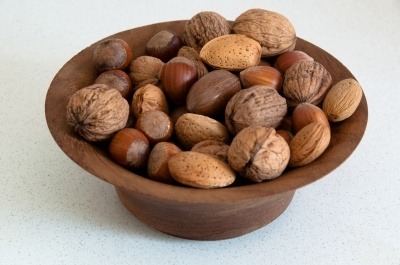
Vitamin E as a nutrient is one of the most powerful antioxidants known where it scavenges free radicals and the waste products of oxygen metabolism. It is fat soluble and stops polyunsaturated fats and other vitamins like vitamin A, C and the B types from oxidation and so being destroyed.
What does that mean for us ? It protects cell membranes which means they live longer.
Vitamin E is found in many food types especially nuts and seeds, wheat germ which is in cereals and wholemeal bread, soya, olive oil and corn. A balanced daily diet provides all of our vitamin E and what isn’t used is stored unlike vitamin C.
Men need 4mg per day and women 3mg per day. It is not known whether overdosing is an issue but as with all supplements follow the recommended intakes on the packs.
I wonder how much money could be made if everyone bought pills that they absolutely needed in order to live. I just think some of the research is intended to hype up supplement taking. It really annoys me when I see ads that some how dont ring true.